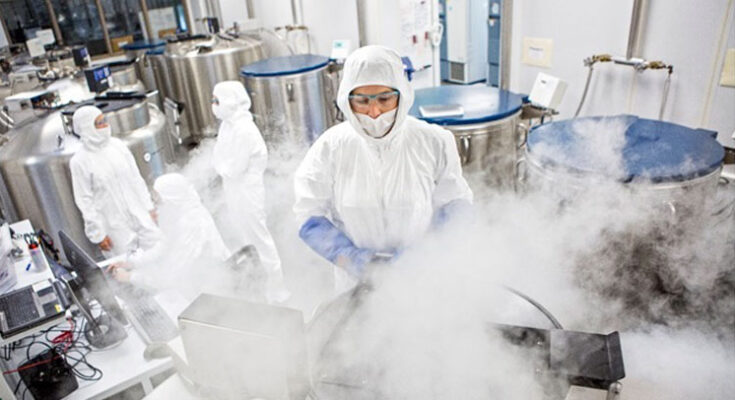As part of your treatment plan, physicians may ask you to agree to have your blood or tissue samples taken and stored to help researchers better understand certain conditions. Scientists call this sample a biorepository. Let’s take a look at exactly what this entails, what types of biorepositories exist, and how research using these repositories can lead to improved treatments and increased understanding of type-1 diabetes mellitus in children at the cellular level.
Types of Biorepositories
There are two main types of biorepositories: public and private. Public biorepositories are available to any researcher, while private ones can be used only by members. Private biorepositories have a high level of security but might not be as accessible to people who don’t work for that organization or university.
Biorepositories can be in either an anonymized or identified form. They can identify information such as names, addresses, social security numbers, or health insurance numbers that specialists remove and replace with unique study participant identifiers to protect patient confidentiality.
Type 1 Diabetes Mellitus in Children
Children suffering from type 1 diabetes mellitus suffer from a condition wherein there is an absolute insulin deficiency, which is a hormone produced by a healthy pancreas. Insulin serves to regulate our blood sugar levels. Type 1 diabetes or juvenile diabetes, is typically diagnosed in childhood or adolescence. The exact cause for type 1 diabetes mellitus is not fully understood. But research suggests that genetics plays a major role in developing type 1 diabetes in children.
The chief characteristic of Type 1 diabetes mellitus (T1DM) is insulitis, which involves infiltration by T cells into pancreatic islets. Glutamic acid decarboxylase (GAD65), can be considered a therapeutic target when expressed in pancreatic β-cells. Evidence suggests that GAD65 plays an important role in the progression from an autoimmune response to insulitis.
As the result of defects in insulin secretion or insulin action, the metabolic disorder diabetes mellitus leads to hyperglycemia (excess blood sugar). Children with type 1 diabetes (T1DM) have abnormal immune responses against pancreatic β cells that produce insufficient insulin despite normal or elevated levels of circulating insulin. Insulin resistance may also be present, but it is usually visible after years.
Making Use of Biorepository Data
Data from biorepositories can help find cures for Type 1 Diabetes. A biorepository is a database that stores biological samples and data (Dentino et al., 2012). Data stored in repositories like these derive from research studies conducted by universities, hospitals, and pharmaceutical companies to create treatments for diseases like type 1 diabetes mellitus in children. Scientists then use this data to help them look for specific genes that may be related to type 1 diabetes mellitus in children.
Today, Avantor scientists use biorepositories to gather samples from patients with Type-1 Diabetes Mellitus in Children. This allows them to investigate connections between genetics, medications, diet, and lifestyle to develop more effective treatments. However, there is still no cure for T1DM. Further research is necessary.









